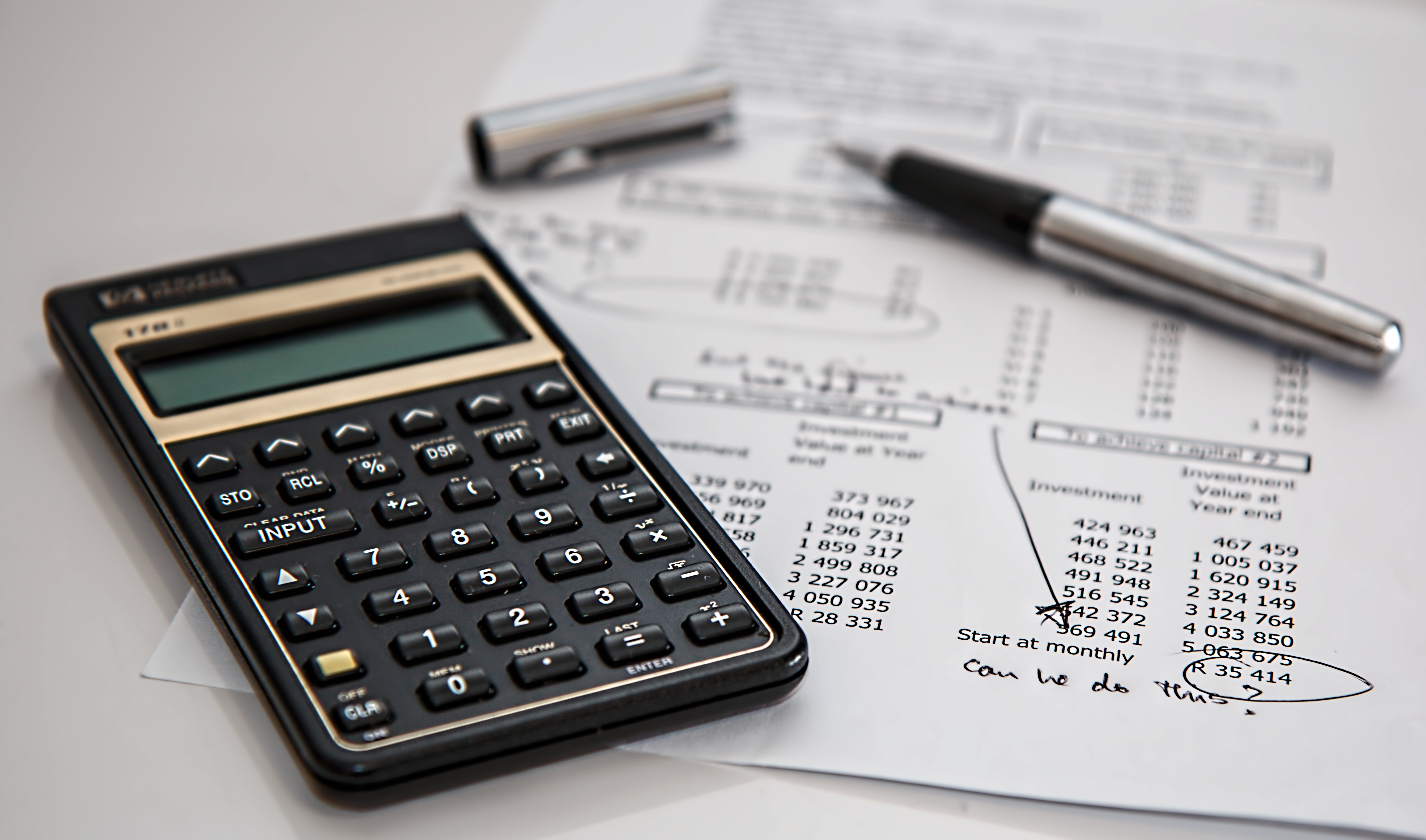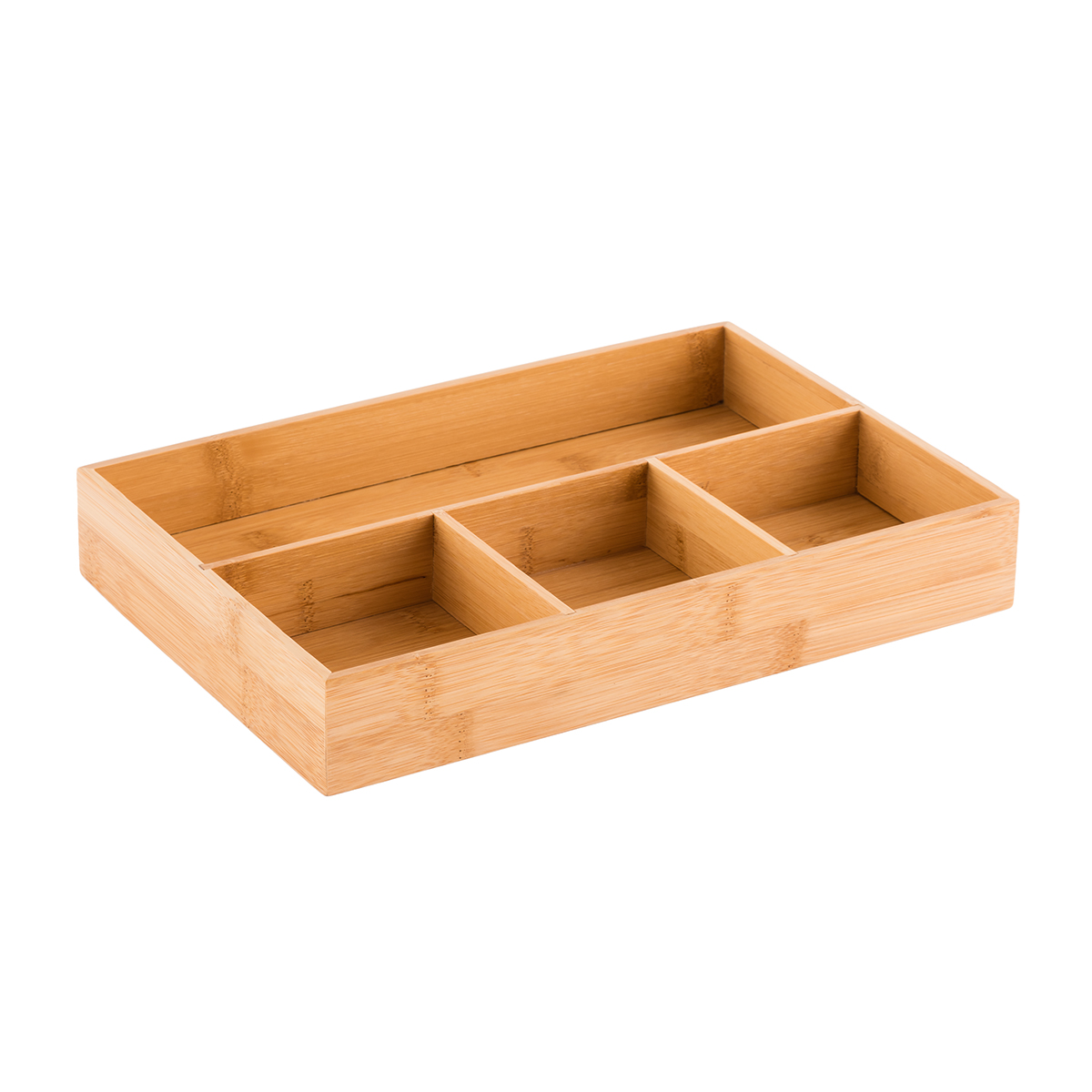With tax day only a month away, now is the time to take a look at our yearly budgets. How much did we make? How much did we spend? And what astronomical amount is eaten by taxes so that politicians can buy themselves new office coffee tables?
I don’t know about you, but I don’t like to waste money. Or time. (Or words.) I like to spend my dollars and minutes wisely. That’s why I create a yearly, monthly, and weekly budget so that I know exactly what I’m spending and if it that spending is necessary. Having a budget doesn’t mean I obsessively track each penny that enters and exits my bank account; it just means I’m more certain about roughly how much I have and how much I don’t. I can confidently reject spending or boldly accept spending on an item with my budget in mind.
Creating an accurate budget means I reconcile the budget I started the year with and the actual money spent throughout the year. The difference between starting a year with a budget and ending a year by reviewing your actual spending lets you accurately estimate the next year’s budget while forcing you to reevaluate where your paycheck went and if you’re okay with that. Most people either create a budget and stick to it, or create a budget and vastly veer from it. In order to be like the first group, it’s important to take a look backward and see if your initial budget was accurate to begin with.
The first step to organizing a budget is to write it down! Writing down your goals, dreams, thoughts, and plans will assist in their materialization.
Organizing Your Yearly Budget
Even though we’re 2.5 months into 2018, you can still “start” the year off with a budget. You can practice this reconciliation by using 2017’s initial budget and actual spending.
You’ll need:
— YOUR BANK STATEMENTS
— YOUR CREDIT CARD STATEMENTS
— YOUR ATM WITHDRAWAL STATEMENTS
— A SPREADSHEET
— 4 HOURS or MORE
— A POT OF COFFEE
— SNACKS
— PATIENCE
Set up your spreadsheet like this (adding in your own expenses):
1) List every MONTHLY EXPENSE that you pay no matter what, like rent, bills (each separate utility, phone bills), subscriptions (music services, newspapers), groceries, insurance. Write down each expense as accurately as possible ($79.89 phone bill; $10.99 Spotify; $425 groceries).
2) List the TIME/DAY of the month it’s paid.
3) List the WAY in which it’s paid (bank account; credit card).
4) Then, multiply each payment by 12 for your yearly BUDGET column.
5) Make sure this yearly budget aligns with your yearly income (as in: less than your yearly income, even by a penny).
6) Now, the hard part: print off your yearly bank statement, your yearly credit card statement, and your yearly ATM cash withdrawal. Everything.
7) Spend about 4+ hours rooting through and categorizing each and every expense to figure out exactly how much you spent throughout the year.
8) Add these numbers to the ACTUAL column in the spreadsheet. (P.S.: The below spreadsheet is one I fabricated for this post; it is not a true reflection of my actual budget or spending.)
9) Subtract your intial BUDGET from your ACTUAL budget. Take a look at the difference.
10) Take a long, hard look at the categories in which you over spent.
11) Take a long, happy look at the categories in which you under spent.
12) Decide which categories you truly value, and which you can eliminate from your life. Maybe you can actively cut back on your entertainment budget in order to shift money over to your electricity bill? Or maybe you’d like to have bigger savings at the end of every year, so you eliminate clothing entirely.
13) To make budgeting easier, take your non-essentials, like entertainment/dining or vacation/gifts, and divide your monthly budget into a weekly budget. Then, every week you know exactly how much you can spend on that category. For instance, if you know you truly can only afford $200/month on dining out/entertainment, you know that every weekend you only have $50 to play with, unless you want to cut back on your grocery bill or turn off the A/C that week.
When you know how much money you’re spending and what you’re spending money on every week/month/year, budgeting becomes much simpler. You know where you have wiggle room to spend and where you’re backed up into a corner. But creating a budget isn’t enough; if you truly want to spend wisely and save more, you have to stick to your budget. You can’t stick to a budget that’s inaccurate. When you know what your actual expenses are, you can create an accurate budget that you can truly stick to. And that will save you time and money while offering you peace of mind.
Have a great tax season… if that’s possible.
When the snow melts and the rain takes its place, along with spring, you know it’s moving time! Moving is incredibly stressful and chaotic, not to mention…








